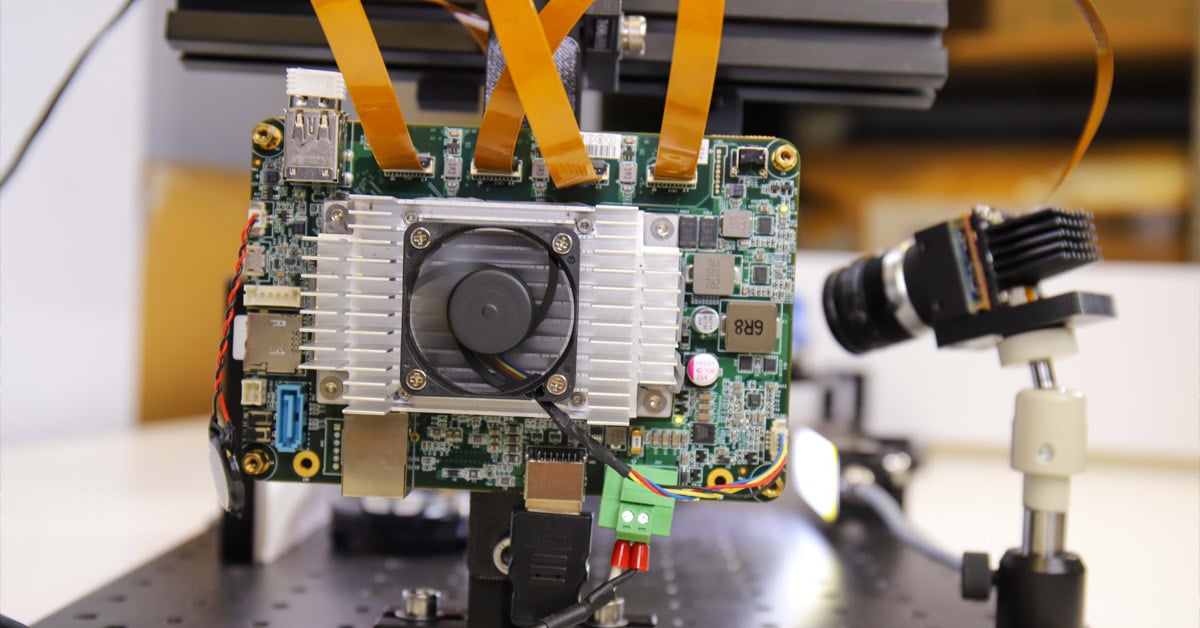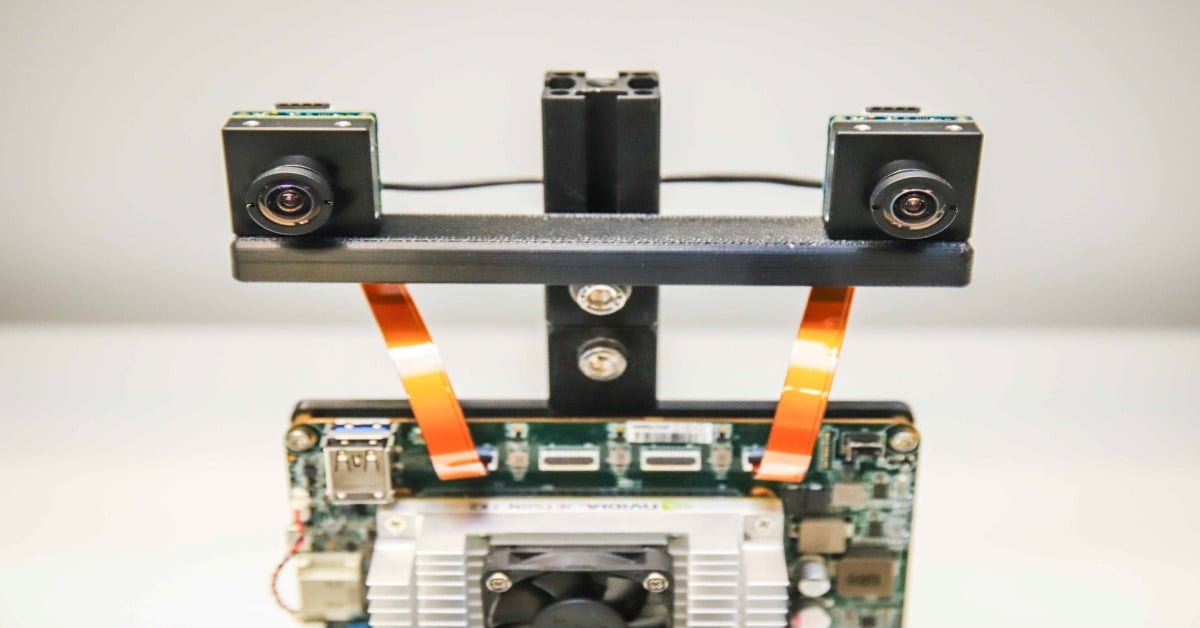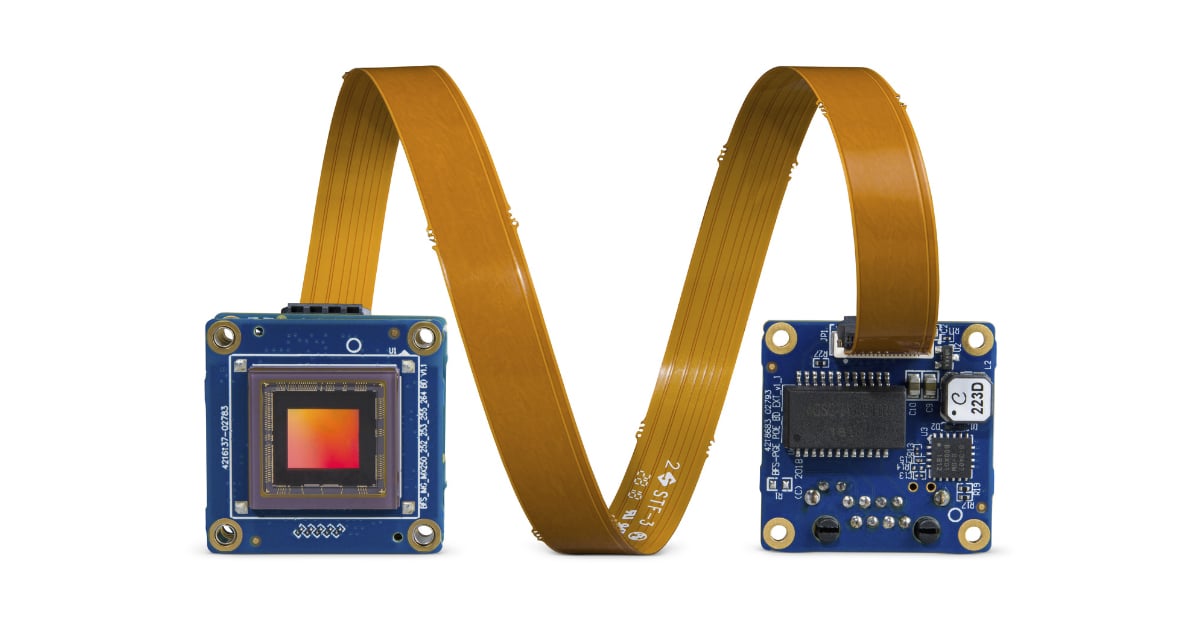Understanding USB 3.1 and USB 3.2

The USB Implementers Forum has updated USB 3.0 to USB 3.1. FLIR has updated its product descriptions to reflect this change. This page explains USB 3.1, as well as the differences between USB 3.1 Generation 1 and Generation 2 and the practical gains each offers machine vision developers. The USB Implementers Forum has also published specifications for the USB 3.2 standard that doubles USB 3.1 throughput.
|
Interface
|
USB 3.1 Generation 2
|
USB 3.1 Generation 1
|
USB 3.0
|
|
| Bandwidth | 900 MB/s | 400 MB/s | ← | 400 MB/s |
| Maximum cable length | 1 m | 5 m | 5 m | |
| Power delivery | 100 W | 4.5 W | 4.5 W | |
| Data + power over one cable |
Yes | Yes | Yes | |
| Multiple cameras | Excellent | Excellent | Excellent | |
| Vision standard | USB3 Vision | USB3 Vision | USB3 Vision |
What is USB 3.1?
What does USB 3.1 offer machine vision? The updated version number reflects the addition of a new, optional 10 Gbps transfer rate. USB 3.1 has two versions: Generation 1 - “SuperSpeed USB”, and Generation 2 - “SuperSpeed USB 10 Gbps”. All USB 3.1 devices are backwards compatible with USB 3.0 and USB 2.0. USB 3.1 refers to the transfer rates of USB products; it does not include the Type-C connector or USB Power Delivery. The USB3 Vision standard is not affected by this USB specification update.
USB 3.1 Generation 1

For machine vision developers, there are no practical differences between USB 3.1 Generation 1 and USB 3.0. USB 3.1 Generation 1 products operate at the same speeds (5 GBit/s), use the same connectors, and deliver the same amount of power as USB 3.1 products. USB-IF certified USB 3.1 Generation 1 hosts, cables, and devices continue to use the same SuperSpeed USB trade name and logo as USB 3.0.
USB 3.1 Generation 2

The upgraded USB 3.1 standard adds an optional 10 Gbit/s transfer rate for USB 3.1 Generation 2 products. Currently, the maximum length for USB 3.1 Generation 2 cables is 1 metre. USB-IF certified USB 3.1 Generation 2 hosts and devices will use an updated SuperSpeed USB 10 Gbps logo.
USB 3.1 Gen 2 offers exciting possibilities for machine vision. FLIR does not currently offer USB 3.1 Gen 2 machine vision cameras, but keep visiting our website and reading our newsletter because you never know when that might change.
Sign Up for More Articles Like This
Is the Type-C connector part of USB 3.1?
The Type-C connector is becoming popular for consumer USB 3.1 devices including mobile phones and laptops. It is reversible and can be used on the hostor device side. It also has extra pins to support additional serial protocols and provide forward compatibility with future versions of the USB specification. The Type-C connector is independent of the USB 3.1 specification; Type-C products are not guaranteed to support USB 3.1 transfer speeds.

FLIR does not currently offer any Type-C products, but we are closely watching the Type-C ecosystem. We hope it will grow to include a wide range of industry-focused products like screw-locking, high-flex, extended-temperature-range cables.
USB Power Delivery
The new USB Power Delivery specification was developed in parallel with USB 3.1 to meet growing consumer demand. With this new specification, the amount of power that compatible hosts can supply to devices is increased from 4.5W to 100W per port. The USB Power Delivery standard includes new PD-aware cables that take part in the “handshake” between host and device. When a device is plugged in, it can request up to 20V at 5A from the host. Before the host will deliver more than 5v at 900mA, it first checks the cable to ensure it is rated to safely deliver the requested power. If the cable confirms it can support higher power, the host will supply it. Ports that support USB Power Delivery profiles with voltages greater than 5V or currents greater than 1.5A may be marked with a USB Power Delivery logo. Like the Type-C connector, USB Power Delivery is separate from the USB 3.1 specification.

All of FLIR’s USB 3.1 cameras consume less than 4.5W of power; they don't require PD-aware cables or host-side USB Power Delivery support.
What’s next for USB 3.1?
FLIR is looking forward to innovating new machine vision technologies that build on advancements to the USB standard. Be sure to watch for future updates! Visit our current list of USB 3.1 Gen 1 camera models.
New USB 3.2 Specifications
The USB Implementers Forum recently published specifications for the USB 3.2 standard. The updated standard doubles the throughput of USB 3.1 Generation 1 and Generation 2 by using both sides of USB Type-C™ cables.
 |
Using the term “USB 3.2” to represent both Generation 1 and Generation 2 will likely cause confusion. A “USB 3.2 certified” device could be understood to support either a 20 Gbit/sec transfer speed over 1 metre cables, or 8 Gbit/sec over 5 metre cables. We will continue to monitor and report on the development of this standard and its naming conventions. |


